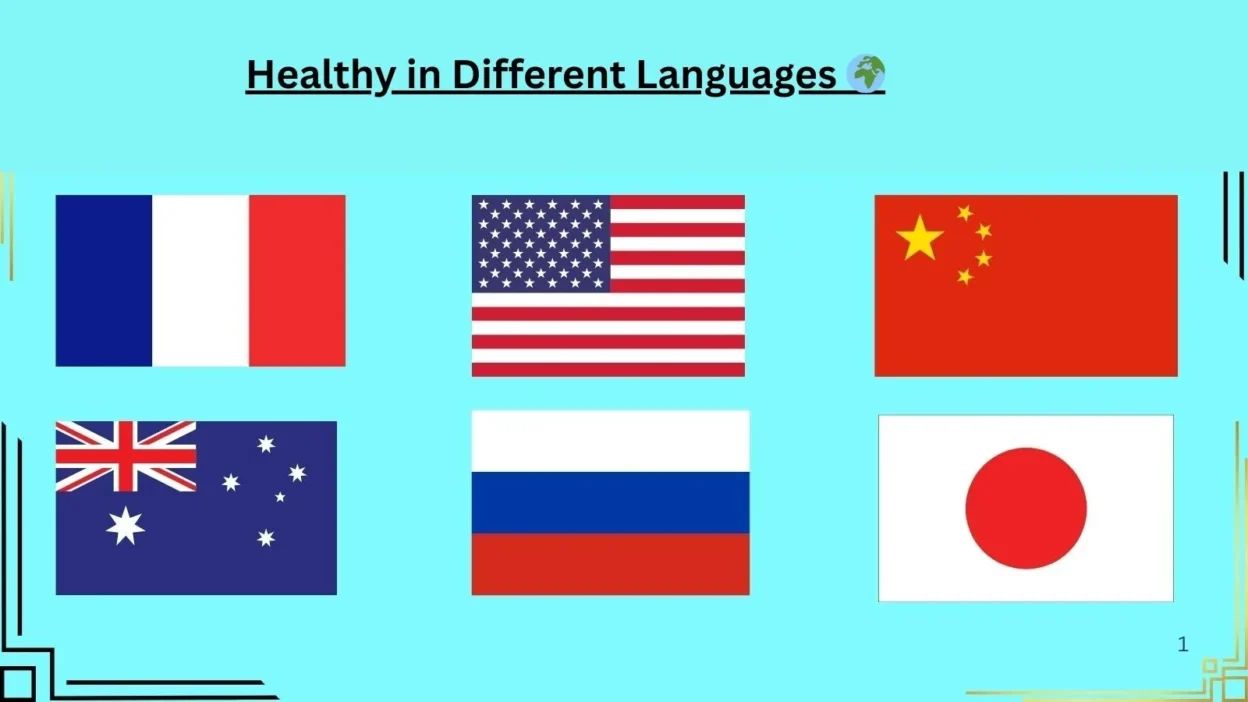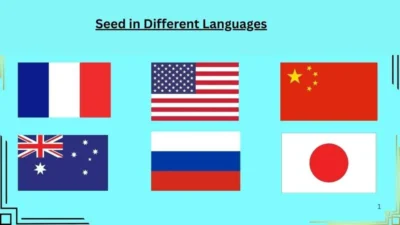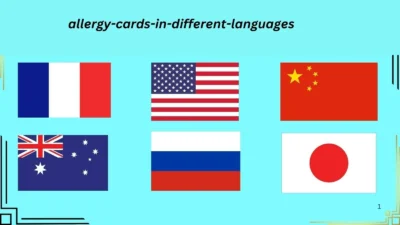When people search for “healthy in different languages”, they are often curious about how wellness, health, and positive living are expressed across cultures.
Some may be learning a new language, traveling, studying abroad, or simply exploring words that connect with their personal journey toward a healthier lifestyle.
This article will solve that curiosity by explaining the meaning of “healthy” in multiple languages, showing you how to use it in real conversations, and giving cultural insights into how different communities understand health and well-being.
By the end, you’ll have a practical list you can use when talking to others, whether in daily greetings, wellness discussions, or even when ordering food while traveling.
What Does “Healthy” Mean?
The word healthy generally refers to:
- A state of physical, mental, and emotional well-being.
- Foods, habits, and lifestyles that promote good health.
- A compliment or positive statement about someone’s condition (e.g., “You look healthy”).
Because health is universal, every language has its own way to express this important word.
Healthy in Different Languages – A Useful List
Here’s how to say “healthy” in different languages, along with pronunciation tips and examples:
- Spanish – Saludable (sah-loo-DAH-bleh) → Comida saludable = Healthy food
- French – Sain / Saine (sahn / sen) → Un mode de vie sain = A healthy lifestyle
- German – Gesund (geh-ZOONT) → Ich bin gesund = I am healthy
- Italian – Sano / Sana (SAH-no / SAH-na) → Cibo sano = Healthy food
- Portuguese – Saudável (sow-DAH-vel) → Ela é saudável = She is healthy
- Arabic – صحي (Siḥḥī) → طعام صحي (ṭaʿām ṣiḥḥī) = Healthy food
- Hindi – स्वस्थ (Swasth) → मैं स्वस्थ हूँ (Main swasth hoon) = I am healthy
- Chinese (Mandarin) – 健康 (Jiànkāng) → 保持健康 (Bǎochí jiànkāng) = Stay healthy
- Japanese – 健康 (Kenkō) → 健康的な生活 (Kenkō-teki na seikatsu) = A healthy life
- Korean – 건강한 (Geonganghan) → 건강한 음식 = Healthy food
- Russian – Здоровый (Zdorovyy) → Он здоровый = He is healthy
- Greek – Υγιής (Ygiís) → Είμαι υγιής = I am healthy
- Turkish – Sağlıklı (sah-luh-KLUH) → Sağlıklı beslenme = Healthy eating
Why Learn “Healthy” in Different Languages?
- Travel & Food – Helps when ordering food or asking about health-related options abroad.
- Cultural Respect – Shows awareness and care for how wellness is valued in another culture.
- Language Learning – A practical vocabulary word to start conversations.
- Personal Motivation – Using diverse expressions of health can inspire positivity in your own life.
Example Situations to Use the Word “Healthy”
- At a restaurant: “Do you have healthy options?” (translated into the local language).
- In greetings: Instead of just saying hello, you might wish someone good health.
- On social media: Sharing wellness tips in multiple languages connects with global audiences.
Conclusion
The word “healthy” is more than just vocabulary—it’s a universal idea that every culture values. By learning how to say it in different languages, you not only expand your communication skills but also show respect for diverse ways of understanding wellness. Whether you’re traveling, learning, or simply exploring, these translations will help you connect with others in meaningful and positive ways.



